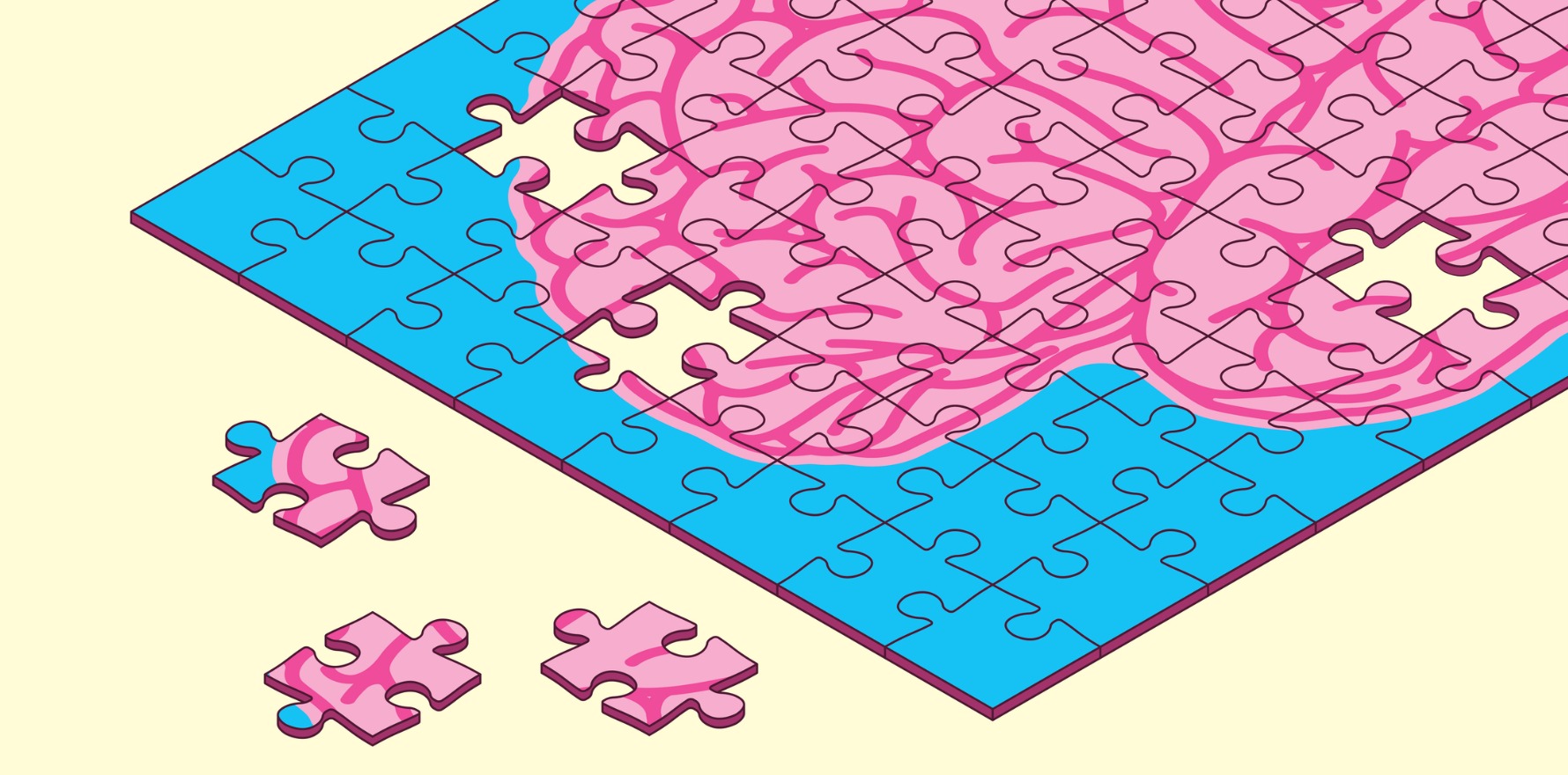Are we moving to bring back BEACH?
The Australian Institute of Health and Welfare has partnered with Primary Health Networks to look at building a national primary health care dataset. Topic one: dementia.
Early this week, the AIHW published findings from its first proof-of-concept general practice data demonstration project.
With the aim of filling the black hole of primary health care data – which remains inconstant and without a national dataset – the AIHW plans to undertake a series of small-scale projects to better understand the current state of affairs and how to plug these gaps.
The current project established data sharing agreements with 17 PHNs to allow access and analysis of data relating to dementia. Data from one PHN was excluded due to privacy or data quality issues.
Dementia is currently estimated to affect over 400,000 people in Australia, hence the choice for the first data project.
“Dementia has a substantial impact on the health and quality of life of people with the condition, as well as their family and friends,” read the report.
“Despite this, there is a lack of national data on the diagnosis and management of the condition by health care providers, in particular by GPs and specialists such as geriatricians.
“This project demonstrated general practice data has the potential to provide insights into the health conditions that impact the Australian population.
“It also highlighted the value of collaboration between the AIHW and PHNs in establishing a national primary health care data collection.”
The study found comparability issues across the data sources and a lack of availability of key data items.
Related
“The project also identified limitations in the coverage, availability, and quality of the data, and identified opportunities to improve the consistency, quality and accessibility of data,” read the report.
“These improvements include developing and using consistent data standards and governance for the whole data lifecycle – from the point of collection to extraction and end use.”
According to current estimates, 1.5% of Australian aged 30 and over and 8.4% of those aged 65 and over are living with dementia.
Preliminary study data found that 0.8% of those 30 and over and 2.5% of patients 65 and over that were active general practice patients – three of more visits in two years – had a dementia diagnosis in 2023.
In line with other estimates, women had a higher proportion of the diagnoses. These ranged from 52% to 61% across the PHNs.
Comorbidities for people with dementia mirrored findings from other data sources.
“For example, chronic obstructive pulmonary disease rates were between 7.7% and 11% for 13 of 16 PHNs in the project data set,” read the report.
“Coronary heart disease rates ranged from 17% to 21% for 15 PHNs, and diabetes rates ranged from 18% to 34% across 16 PHNs.
“AIHW analysis of Australian Bureau of Statistics Survey of Disability, Ageing and Carers 2018 data and ABS 2017–18 National Health Survey data similarly identified heart disease, diabetes and COPD as significant comorbidities in people with dementia.”
The types of dementia identified also aligned with prior research.
“Unspecified dementia, Alzheimer’s disease and vascular dementia were the most prevalent dementia types recorded for 10 PHNs,” read the report.
“AIHW analysis of 2022–23 hospitalisations due to dementia found the most common dementia types included Alzheimer’s disease (30%), unspecified dementia (18%) and vascular dementia (13%).”
The report pushed for national general practice data collection – a call echoed by the college.
In relation to data quality, the report recommended the following:
- the development of consistent governance across PHNs through the PHN National Data Governance Committee
- the AIHW’s work on governance processes for a national collection
- PHNs’ quality improvement work with general practices
- data standardisation work by the AIHW and CSIRO, including the Sparked- external site opens in new window work program.
The topic for the second demonstration project in partnership with the PHNs remains under consideration.





